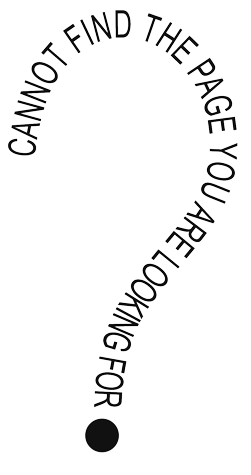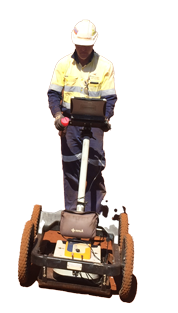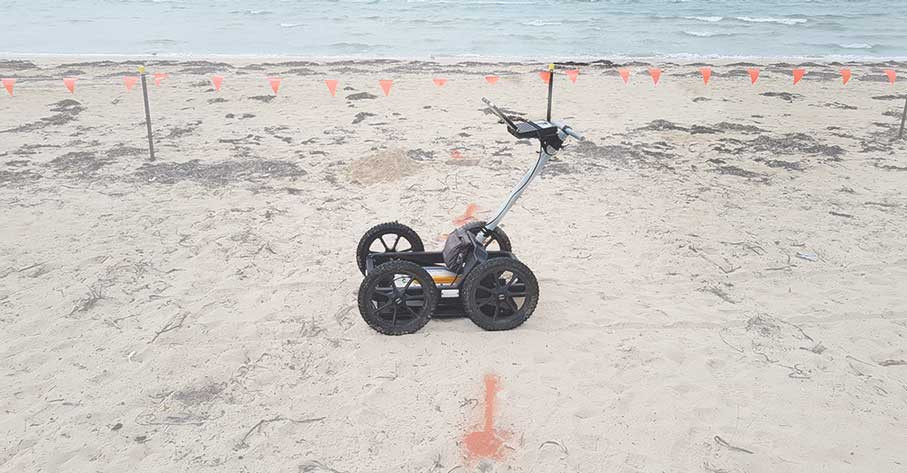WESTSCAN - UNDERGROUND LOCATING AND SCANNING SERVICES

Something's wrong here.
This is a 404 error, which means you have clicked on a bad link or entered an invalid URL.
Let us help you to locate the missing page. You can use the top menu to locate the page you want or use the search bar. Please also contact us to let us know what page is missing and we will fix that immediately.


